Today’s Stressful Life: Discover the Benefits of Yoga, Poses, Types, and More
In Today’s Stressful Life fast-paced world, stress has become an unavoidable companion for many of us. From juggling hectic schedules to navigating constant connectivity, the pressures of modern life can often feel overwhelming. Let’s explore the factors contributing to today’s stressful life and strategies for managing and reducing stress effectively.
Understanding Modern Stressors
- Work Pressure: With demanding deadlines, long hours, and the expectation of constant availability, the workplace can be a major source of stress for many individuals. The drive for success and career advancement adds to the pressure.
- Technological Overload: While technology has enhanced connectivity and efficiency, it has also blurred the boundaries between work and personal life. Constant notifications, emails, and social media updates can lead to information overload and a sense of being always “on.”
- Financial Concerns: Economic instability, debt, and the pressure to maintain a certain lifestyle contribute significantly to stress levels. Financial worries can impact overall well-being and lead to anxiety about the future.
- Social Pressures: Social expectations, comparison on social media, and the need to fit in or meet societal standards can create stress, affecting mental health and self-esteem.
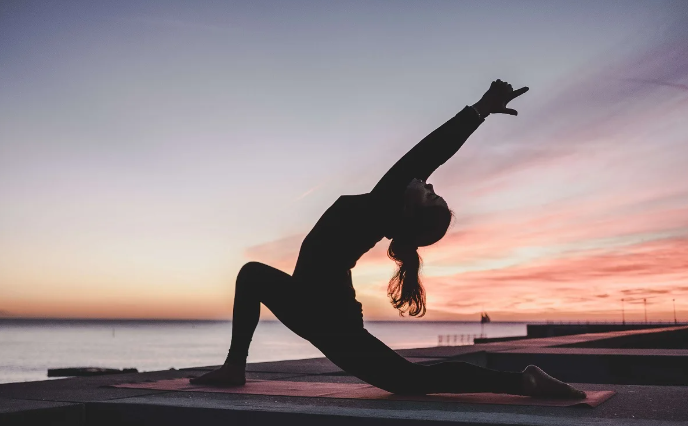
Impact on Mental and Physical Health
- Mental Health: Chronic stress can lead to anxiety, depression, and burnout. It affects cognitive function, decision-making abilities, and overall emotional well-being.
- Physical Health: Stress is linked to various health problems such as cardiovascular issues, digestive disorders, weakened immune system, and sleep disturbances.
Coping Strategies and Solutions
- Mindfulness and Meditation: Practicing mindfulness helps in staying present and reducing the impact of stressors. Meditation techniques can calm the mind and promote relaxation.
- Exercise and Physical Activity: Regular physical activity releases endorphins, which improve mood and reduce stress levels. Activities like yoga, running, or even a brisk walk can be beneficial.
- Healthy Lifestyle Choices: Eating a balanced diet, getting enough sleep, and limiting caffeine and alcohol intake can support overall well-being and resilience to stress.
- Setting Boundaries: Establishing boundaries around work hours, technology use, and social engagements can help create a sense of control and reduce overwhelm.
- Seeking Support: Talking to friends, family, or a therapist about stressors and emotions can provide perspective and emotional support. Sometimes, sharing feelings can alleviate the burden.
Cultivating Resilience and Balance
While it’s impossible to eliminate stress entirely, cultivating resilience and adopting healthy coping mechanisms can mitigate its impact:
- Time Management: Prioritize tasks, delegate when possible, and schedule breaks to prevent burnout.
- Self-Care Rituals: Engage in activities that bring joy and relaxation, whether it’s reading, hobbies, spending time in nature, or simply unplugging from screens.
- Mindful Breathing: Practice deep breathing exercises throughout the day to calm the nervous system and reduce stress responses.
Today’s Stressful Life: Yoga and More
In the hustle and bustle of modern life, where stress seems like a constant companion, many of us are turning to ancient practices like yoga to find balance, peace, and a sense of well-being. Yoga isn’t just about twisting your body into pretzel-like shapes; it’s a holistic journey that encompasses physical fitness, mental clarity, and spiritual growth. Let’s dive into how yoga and other wellness practices are shaping today’s lifestyle.
1. Embracing Yoga: More Than Just Exercise
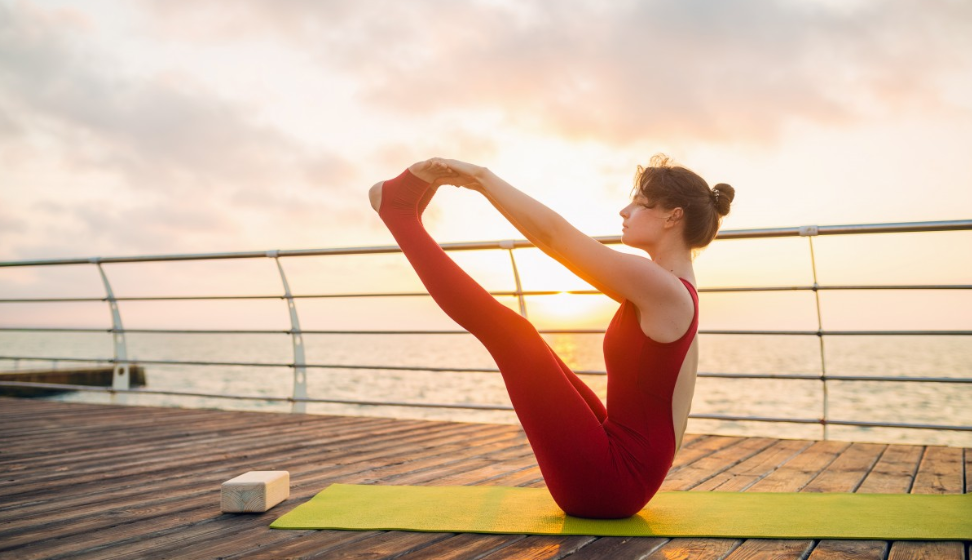
Today’s Life: Yoga and More
Yoga has come a long way from its origins in ancient India to becoming a global phenomenon embraced by people of all ages and backgrounds. What sets yoga apart isn’t just its physical benefits but its profound impact on mental and emotional health:
- Physical Benefits: Yoga improves flexibility, builds strength, and enhances overall fitness through a combination of postures (asanas) and controlled breathing (pranayama).
- Mental Clarity: By focusing on the present moment and quieting the mind, yoga helps reduce stress, anxiety, and even improves sleep quality.
- Spiritual Connection: Some yoga practices delve into spirituality, offering practitioners a deeper understanding of themselves and their place in the universe.
- 17 Benefits of Yoga Backed by Science – Verywell Health
- Face Yoga Online Course | 30-Day Satisfaction Guarantee
- All About Yoga: Poses, Types, Benefits, and More
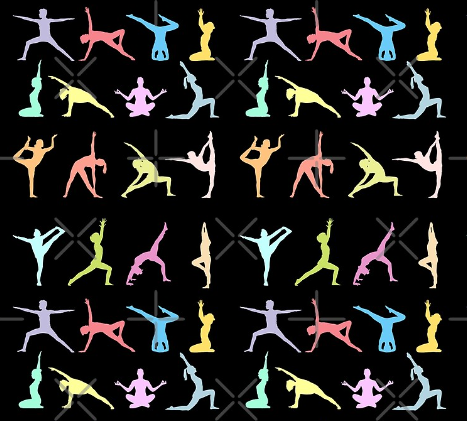
Types of Yoga
What is Yoga?
Yoga is a holistic practice that combines physical postures (asanas), breath control (pranayama), meditation, and ethical principles. It aims to harmonize the body, mind, and spirit, promoting overall well-being. The word “yoga” itself means “union,” reflecting its goal of integrating different aspects of life.
Types of Yoga
- Hatha Yoga: Often considered the foundation of all yoga practices, Hatha Yoga focuses on physical postures and breathing techniques. It’s great for beginners because it introduces basic poses at a slower pace.
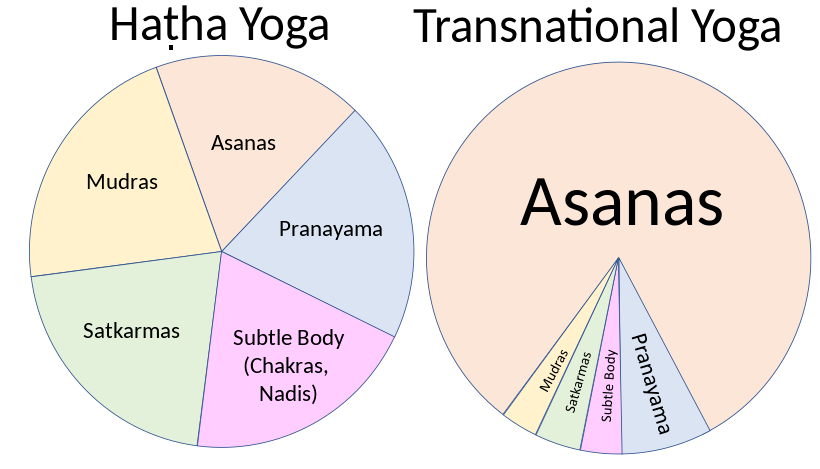
Hatha Yoga focuses on physical postures
- Vinyasa Yoga: Known for its dynamic flow, Vinyasa Yoga synchronizes breath with movement. Each pose transitions smoothly into the next, creating a dance-like sequence. This style is perfect for those who enjoy a vigorous workout.
- Bikram Yoga: Conducted in a heated room, Bikram Yoga involves a set sequence of 26 poses. The heat promotes flexibility and detoxification but can be challenging for beginners.
- Ashtanga Yoga: A rigorous style that follows a specific sequence of postures linked by breath. Ashtanga is physically demanding and suitable for those looking for a structured, intense practice.
- Yin Yoga: This slow-paced style involves holding poses for extended periods to target deep connective tissues. Yin Yoga is excellent for increasing flexibility and promoting relaxation.
- Restorative Yoga: Focused on relaxation and recovery, Restorative Yoga uses props to support the body in passive poses. It’s ideal for stress relief and recuperation.
- Kundalini Yoga: Combines physical postures, breath work, chanting, and meditation to awaken the spiritual energy within. Kundalini Yoga is both physically and mentally stimulating.
Popular Yoga Poses
- Mountain Pose (Tadasana): A foundational standing pose that promotes good posture and balance.
- Downward-Facing Dog (Adho Mukha Svanasana): Strengthens the arms and legs while stretching the spine and hamstrings.
- Warrior I (Virabhadrasana I): Enhances strength and stamina, particularly in the legs and core.
- Tree Pose (Vrikshasana): Improves balance and concentration while strengthening the legs.
- Child’s Pose (Balasana): A resting pose that stretches the back and calms the mind.
- Bridge Pose (Setu Bandhasana): Strengthens the back, glutes, and hamstrings while opening the chest.
- Corpse Pose (Savasana): A relaxation pose typically done at the end of a session to integrate the benefits of the practice.
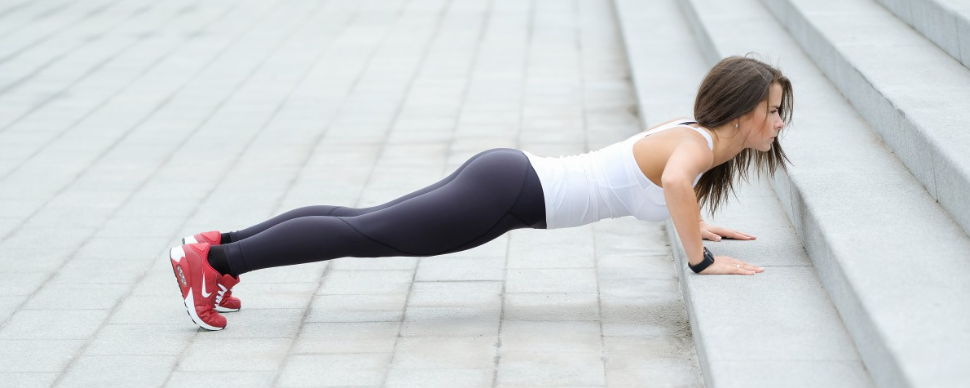
Benefits of Yoga
- Physical Health: Yoga improves flexibility, strength, and posture. It can also enhance respiratory and cardiovascular functions.
- Mental Clarity: Through mindful movement and meditation, yoga reduces stress, anxiety, and depression, promoting mental clarity and emotional balance.
- Spiritual Growth: Many practitioners find a deeper sense of purpose and connection through yoga’s meditative and philosophical aspects.
- Stress Relief: Yoga’s emphasis on breath and relaxation techniques helps lower cortisol levels, reducing stress and its harmful effects.
- Improved Focus: The concentration required for yoga practice sharpens mental focus and cognitive function.
- Enhanced Sleep Quality: Regular yoga practice can improve sleep patterns and quality by promoting relaxation and reducing stress.
Getting Started with Yoga
- Choose the Right Style: Identify what you want from your practice—whether it’s fitness, relaxation, or spiritual growth—and choose a yoga style that aligns with your goals.
- Find a Good Instructor: A qualified yoga teacher can provide guidance, ensure correct alignment, and offer modifications for different levels.
- Create a Comfortable Space: Whether you practice at home or in a studio, ensure your environment is calm, clean, and free from distractions.
- Listen to Your Body: Yoga is not about perfection. Honor your body’s limits and progress at your own pace.
Incorporating Yoga into Daily Life
- Morning Routine: Start your day with a few gentle stretches and breathing exercises to awaken your body and mind.
- Work Breaks: Incorporate short yoga breaks during your workday to relieve tension and maintain focus.
- Evening Wind-Down: Use restorative poses and meditation in the evening to unwind and prepare for a restful night’s sleep.
2. Exploring Different Yoga Styles
Yoga isn’t one-size-fits-all; it’s a diverse practice with various styles catering to different needs and preferences:
- Hatha Yoga: Perfect for beginners, focusing on foundational poses and breathing techniques to establish balance and relaxation.
- Vinyasa Yoga: Known for its dynamic flow, linking breath with movement to create a seamless sequence that builds strength and endurance.
- Bikram Yoga: Conducted in a heated room, this style promotes detoxification through sweat and improves flexibility.
- Yin Yoga: A slow-paced practice where poses are held for longer periods to target deep connective tissues and improve flexibility.
3. Beyond Yoga: Integrative Wellness Practices
Yoga isn’t the only path to wellness; it’s often complemented by other holistic practices that enhance overall well-being:
- Meditation: Cultivates mindfulness and mental clarity, reducing stress and enhancing emotional resilience.
- Ayurveda: An ancient Indian healing system that emphasizes balance through personalized diet, herbal remedies, and lifestyle adjustments.
- Alternative Therapies: From acupuncture to chiropractic care, these therapies aim to restore balance and promote natural healing.
4. Yoga in Everyday Life
The beauty of yoga lies in its versatility and accessibility, making it a part of daily routines beyond the yoga mat:
- Workplace Wellness: Many companies now offer yoga classes to employees as part of corporate wellness programs, aiming to reduce stress and improve productivity.
- School Programs: Introducing yoga and mindfulness practices in schools to help students manage stress, improve focus, and enhance overall well-being.
- Community Initiatives: Yoga isn’t confined to studios; it’s increasingly being practiced in parks, community centers, and even online, making it accessible to all.
5. Challenges and Considerations
While yoga offers numerous benefits, there are also challenges and considerations to keep in mind:
- Cultural Sensitivity: As yoga gains popularity worldwide, there’s a growing debate about cultural appropriation versus appreciation, emphasizing respect for its origins.
- Accessibility: Ensuring yoga is accessible to all, regardless of physical ability, economic status, or location, remains a crucial consideration.
- Quality Instruction: The effectiveness of yoga practice greatly depends on the guidance of qualified instructors who prioritize safety and proper technique.
6. The Future of Yoga and Wellness
Looking ahead, the future of yoga and wellness appears promising, with continued innovations and integrations with technology:
- Digital Revolution: Online yoga classes and apps have made it easier for people to practice yoga anytime, anywhere, offering flexibility and convenience.
- Wellness Tourism: The rise of wellness retreats and travel experiences centered around yoga and holistic practices reflects a growing global interest in self-care and rejuvenation.
- Research and Innovation: Ongoing scientific research continues to validate the benefits of yoga and explore new applications in healthcare, mental health, and beyond.
Conclusion
In conclusion, yoga and other wellness practices are more than just trends; they’re transformative tools that empower individuals to lead healthier, more balanced lives. Whether you’re rolling out your yoga mat for the first time or deepening your practice, embracing these ancient traditions can unlock a world of physical vitality, mental clarity, and spiritual growth in today’s hectic world.
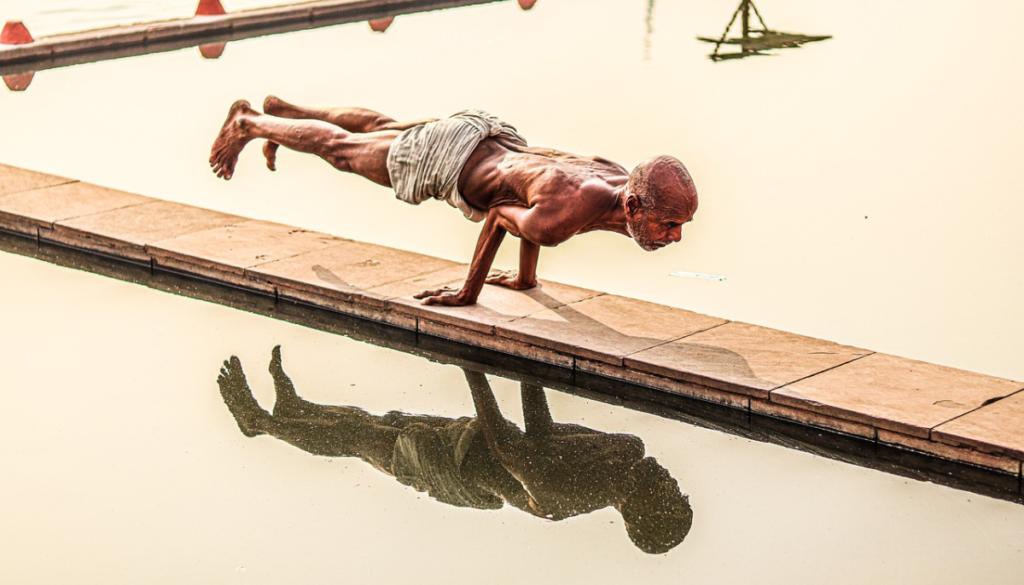

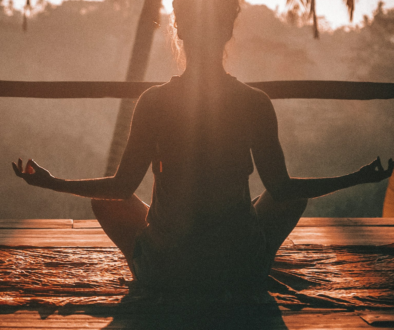
August 1, 2024 @ 10:27 pm
We are a group of volunteers and opening a new scheme in our community.
Your web site provided us with valuable info to work on. You’ve done a formidable job
and our entire community will be thankful to you.
August 1, 2024 @ 10:27 pm
We are a group of volunteerss andd opening a new schme in our community.
Yoour web skte provided us with valuable info to work on. You’ve
done a formidable job and our entire community will be thankful to you.
August 8, 2024 @ 10:24 am
Appreciate